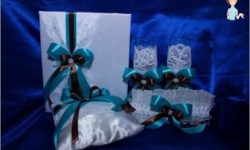Ointment from wounds and abrasion
Many are not serious about small injuries, which is completely wrong. After all, even slight damage to the skin can turn around. Requires ointment from wounds and scratches
In the life of any person there are situations leading to various injuries: abrasions, cuts, scratches, bruises, burns. Fortunately, in most cases, household damage is not too dangerous. But even a small wound can be quite painful and deliver inconvenience to its «Owner».
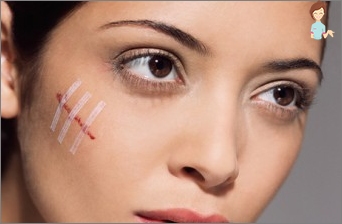 Especially unpleasant.
Especially unpleasant.
How to treat the damage gained, efficiently and without significant cosmetic defects? Is it worth using a wound-healing ointment from abrasion and strong bruises with any scratches?
Classification
Various household injuries have their names:
- Abrasion. Mechanical damage to the upper layers of skin, obtained when contact with a solid object or surface. Most often damage extensive, but shallow. Bleeding at abrasions is usually insignificant;
- A cut. This is a violation of the cover, applied by sliding movement to an acute subject. In everyday life, the cuts of the knife or blade are found. Cut can be quite deep and extended. In the event of significant damage to the tissues, the seams may be required;
- Scratch. Unlike cuts, scratch has torn edges. Scratches can be obtained from the claws of the animal or from an acute subject, for example, a bitch of a tree;
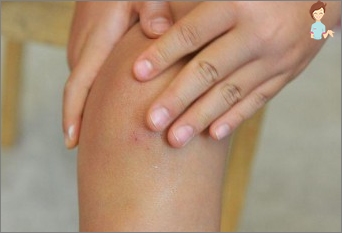 Injury. Closed damage to soft tissues due to a stupid item. May be accompanied by bruising – bruises. When falling, a bruise often arises with the abrasion;
Injury. Closed damage to soft tissues due to a stupid item. May be accompanied by bruising – bruises. When falling, a bruise often arises with the abrasion;- Burn. Defeating of the skin as a result of the effects of temperature or chemicals. When frostbite – exposure to the skin of the reduced temperature, skin damage is similar;
- Bites. Damage resulting from animal bite or insects. In addition to wounds, bites are dangerous by infection or poisoning poisons, in the case of insect bites or snakes.
How the healing is happening
To properly treat damage, you need not only to determine the nature of damage, but also understand how the process of regeneration is occurred by the body of a damaged area.
Wound process, under normal conditions, subject to a certain algorithm and clearly painted in time.
The steps of the wound process are as follows:
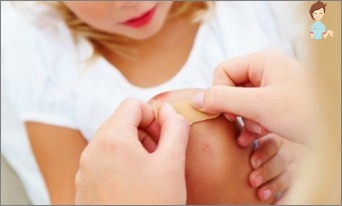 Stage inflammation. Starting from the first moments after receiving injury, the primary reaction of the body to injury is vascular changes. The inflammatory process changes the permeability of the vessel walls. In the wound field there is an exudation (selection) of a liquid component of blood. In addition to plasma, leukocyte blood vessels occurs through the walls, the main function of which is to protect against alien organisms of compounds and bodies. Leukocytes are part of the immune system. As a result of proteolysis and lysis processes, protein decomposition of both own damaged cells and microorganisms proteins. So the body cleans damage. After the short-term spasm of the vessels there is an emergence of a rapidly increasing edema. Maximum sizes of edema are observed to the third-fourth days. At this time, the primary leukocyte cleaners is connected «heavy artillery» – macrophages (necrotic fabrics and bacteria emours) and lymphocytes – main parts of the immune system. In the wound, a border is formed, separating the affected area from healthy tissues, preventing penetration into the blood flow of pathogens of microorganisms. Therefore, redness, a local increase in temperature in a damaged place and edema are signs of the normal functioning of the organism regenerating mechanism;
Stage inflammation. Starting from the first moments after receiving injury, the primary reaction of the body to injury is vascular changes. The inflammatory process changes the permeability of the vessel walls. In the wound field there is an exudation (selection) of a liquid component of blood. In addition to plasma, leukocyte blood vessels occurs through the walls, the main function of which is to protect against alien organisms of compounds and bodies. Leukocytes are part of the immune system. As a result of proteolysis and lysis processes, protein decomposition of both own damaged cells and microorganisms proteins. So the body cleans damage. After the short-term spasm of the vessels there is an emergence of a rapidly increasing edema. Maximum sizes of edema are observed to the third-fourth days. At this time, the primary leukocyte cleaners is connected «heavy artillery» – macrophages (necrotic fabrics and bacteria emours) and lymphocytes – main parts of the immune system. In the wound, a border is formed, separating the affected area from healthy tissues, preventing penetration into the blood flow of pathogens of microorganisms. Therefore, redness, a local increase in temperature in a damaged place and edema are signs of the normal functioning of the organism regenerating mechanism;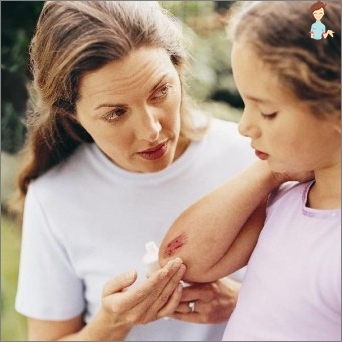 Stage regeneration. The process of extension in the damaged section of new tissues begins after complete cleansing. With the right course of the process, this happens on the fifth and sixth day after injury. Leukocytes and lymphocytes are replaced by endothelium cells and fibroblasts, synthesizing collagen and connective tissue. Screen is formed on the surface – a crust, consisting of curved blood and dead cells. Strip is a protective lid covering damage from infection;
Stage regeneration. The process of extension in the damaged section of new tissues begins after complete cleansing. With the right course of the process, this happens on the fifth and sixth day after injury. Leukocytes and lymphocytes are replaced by endothelium cells and fibroblasts, synthesizing collagen and connective tissue. Screen is formed on the surface – a crust, consisting of curved blood and dead cells. Strip is a protective lid covering damage from infection;- Epithelization stage. At this stage, under the lap, the formation of coating tissues of the skin.
Knowing the healing stages of damage by the body, you can help this process using wound-healing ointment and other drugs in the correct time. Do not hurry to use ointment from small abrasions and wounds – if the wound is insignificant, it is better to give the opportunity to cope with damage yourself.
How to use medicines?
Ointment helps only with proper use. The injury obtained must be examined for damage. If the wound has significant sizes or depth, after the initial processing of damaged sites, you need to contact the hospital, where the doctor will impose the seams and prescribes treatment.
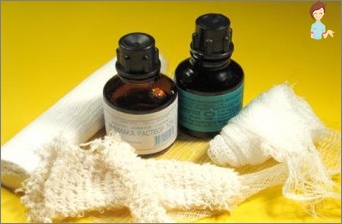 Primary processing is to remove contamination and foreign. Need to give blood the opportunity to leak – the current blood will wash pollution. If the bleeding is mesmer, then you should not carry out additional measures to stop the blood, giving the blood of the blood independently. Naturally, it does not concern the cases of bad blood clotting or severe bleeding.
Primary processing is to remove contamination and foreign. Need to give blood the opportunity to leak – the current blood will wash pollution. If the bleeding is mesmer, then you should not carry out additional measures to stop the blood, giving the blood of the blood independently. Naturally, it does not concern the cases of bad blood clotting or severe bleeding.
If such an opportunity exists, the foreign objects are glass fragments, chips, and so on, are removed using sterile tweezers. Sterilize the tool with alcohol or alcohol-containing substances – iodine, greencraft, or vodka, spirits. If there is no alcohol, then it is possible to sterilize boiling water.
Then need to wash the wound. For this purpose, pharmacy antiseptic agents can be used – substances that destroy microorganisms:
- chlorhexidine;
- hydrogen peroxide;
- A solution of mangartee.
In the absence of pharmacy funds, you can use a solution of household soap in water or fastening salt.
Next you need to impose a sterile bandage. Washed antiseptics and a protected bandage wound should be left alone for 2-4 days, depending on the damage.
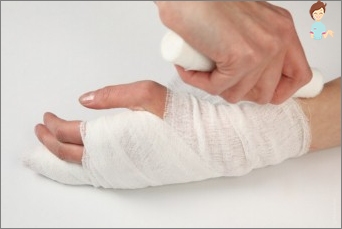 This will give the opportunity to pass the primary process of healing, cleaning it from dead damaged tissues and microorganisms. When changing the bandage wound is washed with antiseptics.
This will give the opportunity to pass the primary process of healing, cleaning it from dead damaged tissues and microorganisms. When changing the bandage wound is washed with antiseptics.
Wound-healing ointments that contribute to regeneration processes should be used only at the stage when the body itself proceeds to the second stage – the regeneration phase. If you use a wound out ointment immediately, it may disrupt the natural process passing in the body, not to speed up the healing process, and, on the contrary, slow down.
There may also be tissue overflowing, which closes the unreasonable dead cells, as a result there will be an injection. With abrasions, in general, it is not recommended to impose ointment from various scratches and abrasions, because the ointment softens the Strick, extending the period of recovery and increasing the possibility of the appearance of scars. For the treatment of bruises – bruises, you can use ointment, increasing the bloodstream in the edema area.
What ointments from abrasion and scratches are better to use on the face? From the point of view of the body, there is no difference in healing wounds, no matter where it is on face or knee. Therefore, special ointments for healing wound on the face there are no.
We wish you good health and well-being!

